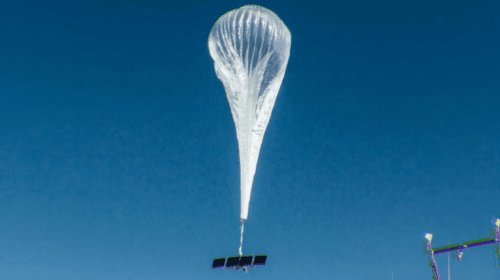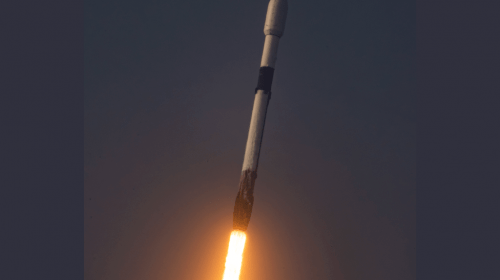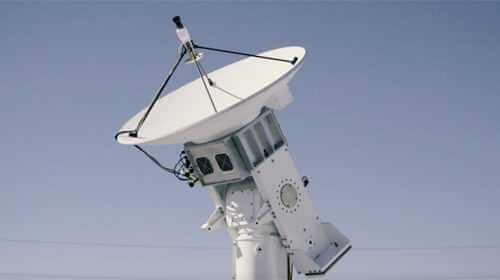The vast country of India is located in south Asia and is the seventh largest country in the world by area. Home to over 1.2 billion people, it is the second most populous country in the world and shares borders with Pakistan, China, Nepal, Bhutan, Myanmar and Bangladesh. According to the IMF, the Indian economy is the sixth largest and it is also one of the fastest growing in the world. Though agriculture employs the majority of the workforce in India, the service sector makes up just over half of GDP. The industrial sector is also important. Rice, wheat, oilseed, cotton, jute, tea and sugar cane are exported from India. In terms of other industries, textiles, telecoms, steel, chemicals, pharmaceuticals, petroleum, machinery and software play key roles in the economy.
Civilizational Leap Forward
The growth in the Indian economy overall has led to a rise in wages and therefore an emerging middle class. This, in turn has led to an increase in mobile phone and smartphone use. After the third quarter of 2017, the country had become the second largest smartphone market in the world. Though economic equality is on the rise in India, there is still much to do and broadband access is key to the improvement of socio-economic conditions.
The Indian government is restructuring the regulatory landscape and has placed an emphasis on reaching rural areas with broadband connectivity. The mobile broadband market is going through a process of re-invigoration and increasing penetration driven by middle class demand and a young population. In 2016, Internet penetration in India stood at 36.5%. The government launched the Digital India programme to bring the country’s rural population in line with urban areas in terms of broadband access and is seeking eventual ubiquity in broadband access. The Internet and Mobile Association of India (IAMAI) said that of the 400 million Internet users in India, 87% access the Internet via a mobile device. In order to extend this reach into rural areas, various wireless technologies will be employed for last mile connectivity – one of these will technologies will be satellite.
BusinessCom Services in India
BusinessCom Networks offers Mobile Networks Operators (MNOs), ISPs and businesses the opportunity to expand into rural regions of India using its variety of satellite-based solutions. MNOs can tap into as yet unreached regions with their mobile broadband services using BusinessCom’s cellular backhaul solution. ISPs can take the Internet to anywhere using BusinessCom’s VSAT broadband with step-by-step guidance on the best frequency band usage for the most efficient and cost-effective service. India is a country of entrepreneurs and businesses can make big gains from BusinessCom’s enterprise solutions, enabling them to branch out into new areas and to deliver fast, reliable and affordable connectivity to facilitate their business needs.
BusinessCom Networks can meet India’s connectivity requirements no matter where they are or how challenging the environment. From maritime and oil and gas to telemedicine and government and military needs, our experts can find the solution that fits every customer need. We offer fully managed, highly scalable satellite-based solutions that will help to close India’s existing Digital Divide and bring a new lease of life to areas that are as yet unserved by broadband connectivity.
Key features
Key differentiators of BusinessCom VSAT services in India are:
- Broadband Internet access
- Toll quality VoIP and Videoconferencing with CIR
- Reliable SLA through FDMA and D-TDMA
- Star, Mesh and hybrid Star/Mesh topology networks
- Full support of accelerated VPN, CITRIX, ERM and other business applications
- Highly secure operation with optional AES embedded encryption
- Global C-Band coverage and sub-Sahara Ku-Band
- Landing at top tier redundant IP facilities in Western Europe and United States
- Sentinel-based QoS, bandwidth management and optimization platform





